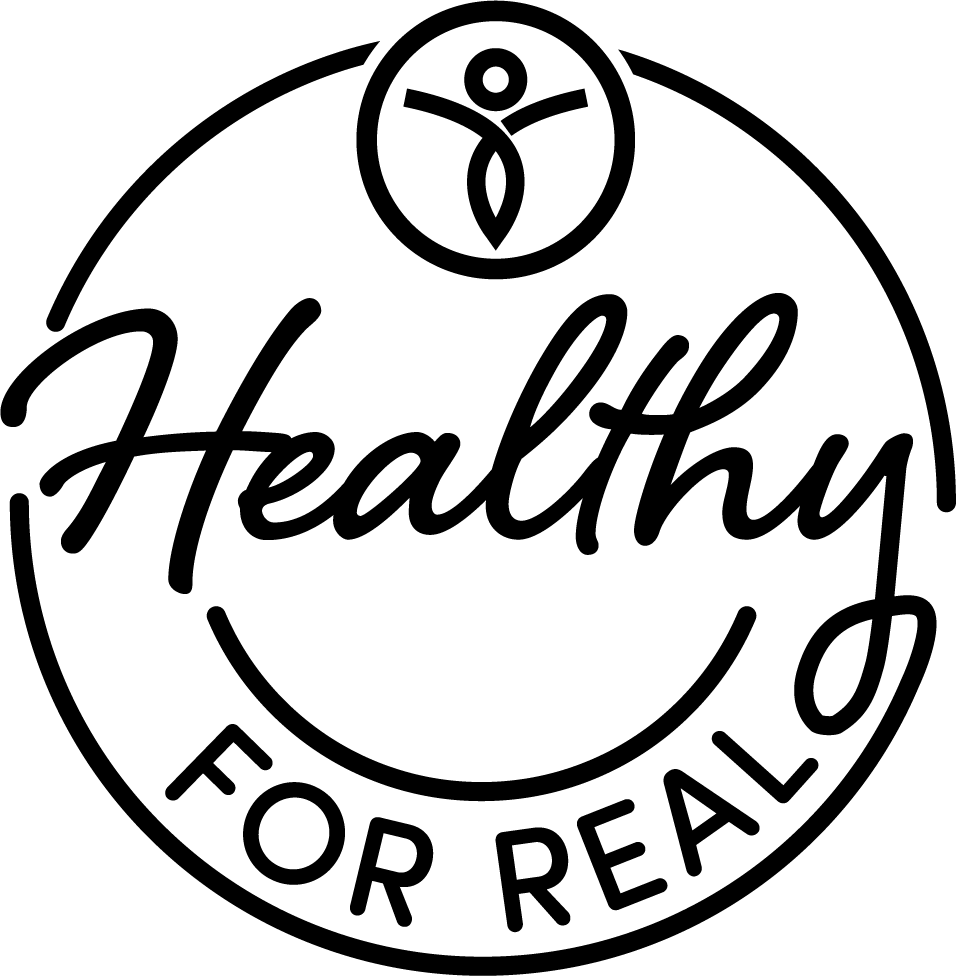What are Macros?
What are Macro?
I am sure you’ve heard the term "macros" used in certain conversations about health and fitness. If you aren’t totally sure what the word macros means, read below! I’ll explain.
Macros, short for macronutrients, are the essential components that make up the calories in our food. There are three main types of macros: carbohydrates, proteins, and fats. Think of them as the main components of nutrition, each playing a unique role in fueling our bodies.
Carbohydrates the Energy Powerhouse
First up, we have carbohydrates, the energy powerhouses. Found in foods like bread, pasta, and fruits, carbs are your body's preferred source of fuel. They provide the energy needed for everyday activities and exercise. Think of them as the friendly sidekick always ready to lend a energize you.
When you eat carbohydrates, your body breaks them down into sugar (glucose), which is then used as a source of energy. Imagine carbs as the energy boost that keeps you going throughout the day, like the fuel you put in a car to make it run smoothly.
There are two main types of carbohydrates: simple carbs and complex carbs. Simple carbs are found in sugary foods and are quickly turned into energy. Complex carbs, on the other hand, are found in whole grains, fruits, and vegetables. They take longer to break down, providing a more sustained and lasting energy.
It's important to include a balance of carbohydrates in your diet, but choosing the right kinds – like whole grains and fruits – can help you maintain a healthy and energetic lifestyle. So, next time you enjoy a delicious plate of pasta or bite into a juicy apple, know that you're giving your body the fuel it needs to keep going!
Protein the Muscle Builder
Next on the list are proteins, the muscle builders. Think of proteins as the repair crew in your body, fixing and building tissues. Found in meat, eggs, and beans, they are essential for maintaining muscle mass, supporting immune function, and keeping your skin and hair healthy. Picture them as the main resource when your body needs repair.
When you eat protein, your body breaks it down into smaller parts called amino acids. These amino acids are like building blocks that your body uses to repair tissues, grow muscles, and perform many other important functions. Imagine protein as the construction crew that helps maintain and build the different parts of your body.
Proteins play a crucial role in keeping your muscles, organs, and immune system healthy. They are involved in various processes that keep your body functioning smoothly. So, when you enjoy a serving of chicken, a handful of nuts, or a plate of beans, you're providing your body with the tools it needs to stay strong and well-maintained.
Fats the Energy Storage Units
Last but not least, we have fats. Found in avocados, nuts, and oils, fats are crucial for absorbing vitamins, maintaining cell structure, and providing a backup energy source. Imagine them as the silent protectors, working behind the scenes to keep everything running smoothly.
When you eat fats, your body breaks them down into smaller components called fatty acids. These fatty acids serve as a long-lasting and concentrated source of energy. Think of fats as the reserve fuel that your body can tap into when it needs a steady supply of energy.
Fats also play a crucial role in absorbing certain vitamins, protecting your organs, and maintaining cell structure. While too much fat can be unhealthy, having the right amount of healthy fats in your diet is important for overall well-being.
So, the next time you enjoy a slice of avocado on toast or a handful of nuts, know that you're providing your body with a valuable source of energy and supporting various essential functions.
Balancing Macros is the Key to a Healthy Diet
Balancing these macros is key to a healthy diet. Too much or too little of any macronutrient can affect your energy levels, metabolism, and overall well-being. So, the next time you hear someone talking about tracking macros, they're simply paying attention to the main components that make up the calories they consume.
In conclusion, macros are the fundamental building blocks of nutrition, working together to keep your body functioning at its best. Understanding and appreciating the roles of carbohydrates, proteins, and fats can empower you to make informed and healthy food choices. So, work to pay attention to your macros, and let them be your allies on your journey to a balanced and nutritious lifestyle.
Do you know what the macronutrient breakdown should be for you unique body? Send me a DM on Instagram and I’ll tell you!

